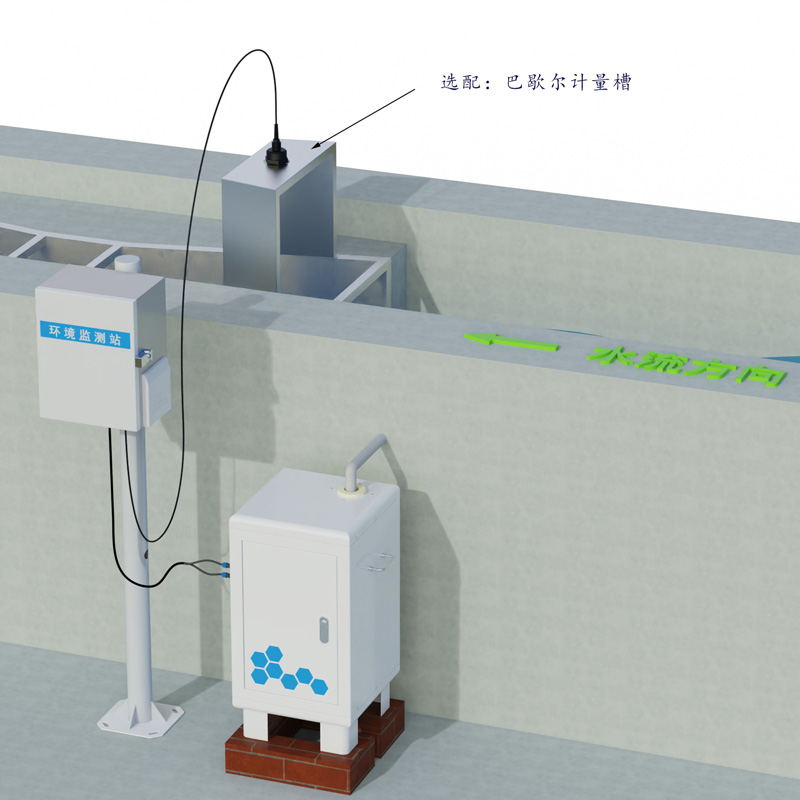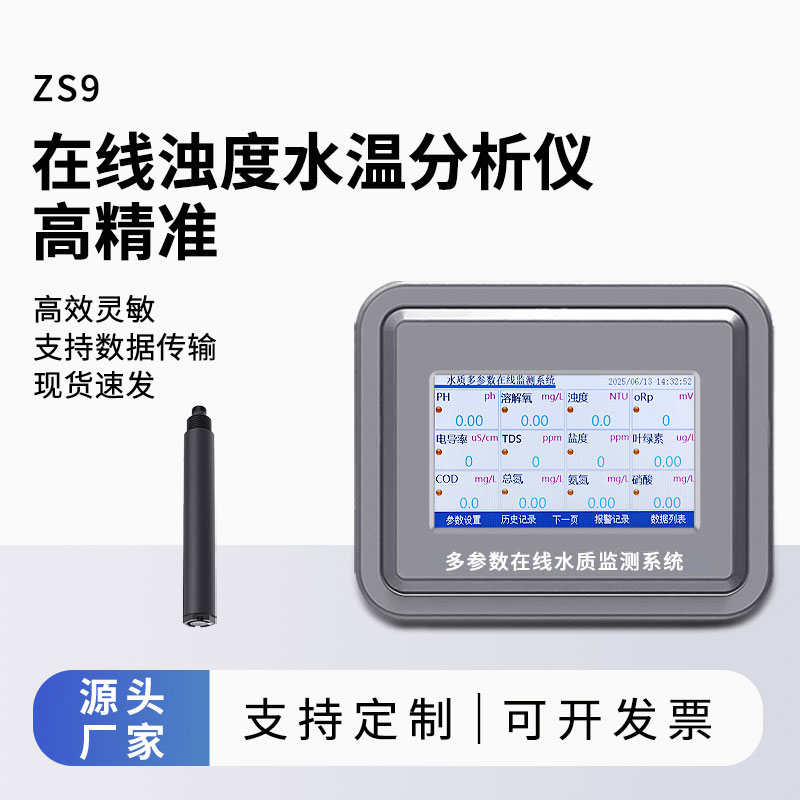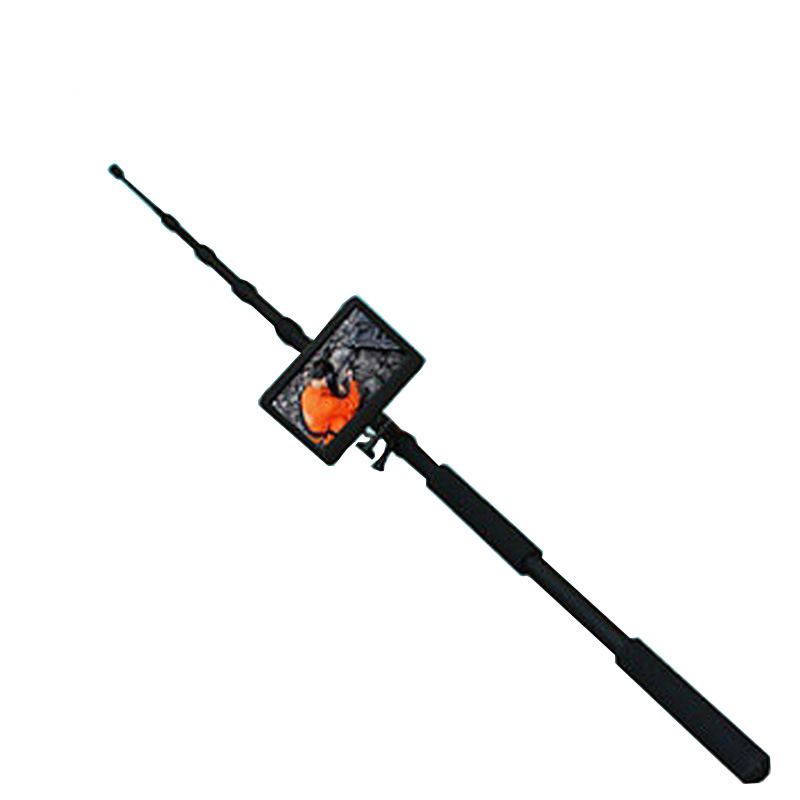In the field of rice cultivation, the rice planthopper is a pest that cannot be ignored. It belongs to the Delphacidae family of Homoptera. There are three common species, namely the brown planthopper, the white-backed planthopper, and the small brown planthopper, among which the brown planthopper is particularly harmful. The adult forms of rice planthoppers vary. The brown planthopper is entirely brown and shiny. The male white-backed planthopper is pale yellow with black-brown spots, and most of the female white-backed planthoppers are yellowish-white. The female small brown planthopper is yellowish-brown, and the male is black. Their distribution is extensive. The brown planthopper wreaks havoc in the Yangtze River Basin and its southern regions in China. The white-backed planthopper is mainly distributed in East Asia, Southeast Asia, and other places. The small brown planthopper appears in East Asia, Europe, and other regions.
The harm caused by rice planthoppers is multifaceted. They feed on the sap of rice plants by sucking, causing the rice clusters to turn yellow and become shorter, and phenomena such as "piercing through" and "yellow pond" to occur, severely affecting the growth and yield of rice. Moreover, the egg-laying of female insects causes physical damage to the rice, and their excrement also leads to the growth of mold, hindering the photosynthesis and respiration of the rice. At the same time, they can also transmit plant virus diseases such as rice bunchy stunt, further threatening the health of the rice.
To effectively prevent and control rice planthoppers, Fengtu has launched the Rice Planthopper Monitor. This instrument works based on the principle of insect phototaxis, attracting rice planthoppers with a specific wavelength light source and capturing them. It has a variety of powerful functions, such as an automatic counting function, which accurately records the number of captures through a built-in grating counting device and uploads it; a high-definition photographing function, which uses a high-pixel image acquisition device to collect pictures of the insects in real time; and an automatic processing function, including automatic insect dispersal and cleaning, ensuring continuous operation. It can also add interfaces for various environmental parameters to monitor the relationship between wind speed, temperature, humidity, and pests and diseases.
Compared with the traditional manual forecasting method, the Rice Planthopper Monitor greatly saves manpower and time, improves the monitoring efficiency and data accuracy. Through real-time monitoring and intelligent analysis, it can predict the occurrence trend of rice planthoppers in a timely and accurate manner. Once the number exceeds the threshold, it quickly sends out an alarm, allowing farmers to take prevention and control measures promptly, reducing the amount of pesticide use, lowering environmental pollution, ensuring the yield and quality of rice, promoting the sustainable development of agriculture, and also providing rich data support for the scientific research of rice planthoppers, playing a crucial role in rice production.

This paper addresses:https://fengtusz.com/industry/592.html









